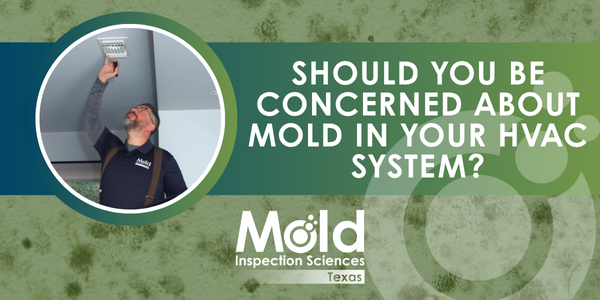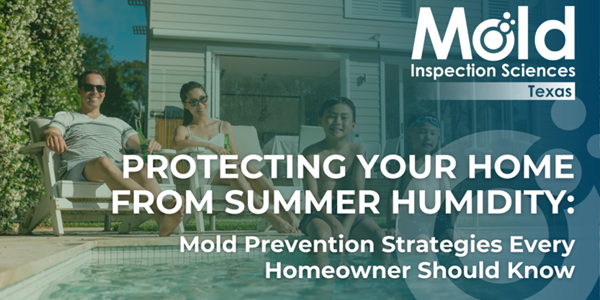The Mold Growth Timeline
How Fast Can Mold Spread in Summer Heat?
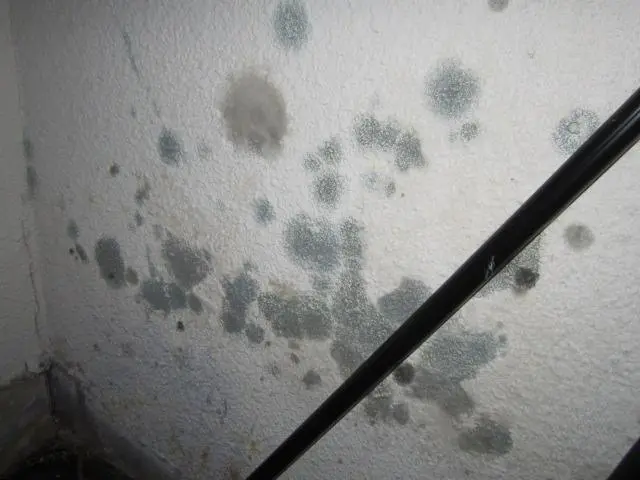
Most homeowners know the general rule: it’s important to dry water-damaged areas and items within 24 to 48 hours to prevent mold growth. But what many don’t realize is that summer heat dramatically compresses this timeline. At Mold Inspection Sciences, our inspectors have investigated countless properties where homeowners discovered that minor moisture issues became major contamination problems in a matter of hours—not days—during peak warm-weather periods.
Understanding how quickly mold can establish and spread during warmer months is essential for protecting your property and indoor air quality. This guide explores the science behind accelerated warm-weather fungal development and explains why expert assessment becomes even more critical when temperatures rise.
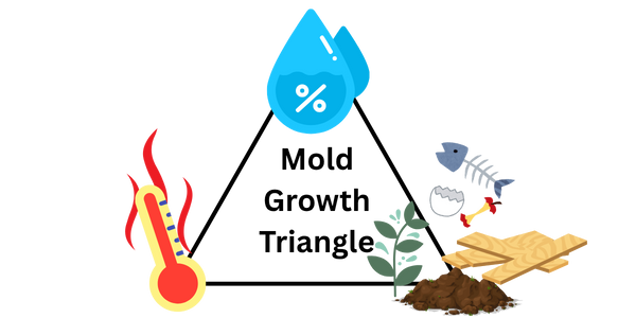
The Science Behind Accelerated Warm-Weather Development
The Perfect Storm Scenario
Hot weather creates the perfect combination of heat and moisture—what experts refer to as the “mold growth triangle”: warmth, humidity, and organic material. This trifecta allows fungal organisms to flourish unless one of these factors—typically moisture—is controlled. During peak season, all three elements often intensify at once.
Temperature’s Role in Metabolism
As thermometer readings climb, fungal metabolism and reproduction rates increase. Spores that may have been dormant during cooler periods reactivate when the environment becomes warm and moist. Most household species, including Aspergillus, Penicillium, and Cladosporium, thrive between 77°F and 86°F—temperatures commonly reached in unconditioned spaces such as attics, garages, and areas where HVAC systems struggle to maintain consistent cooling.
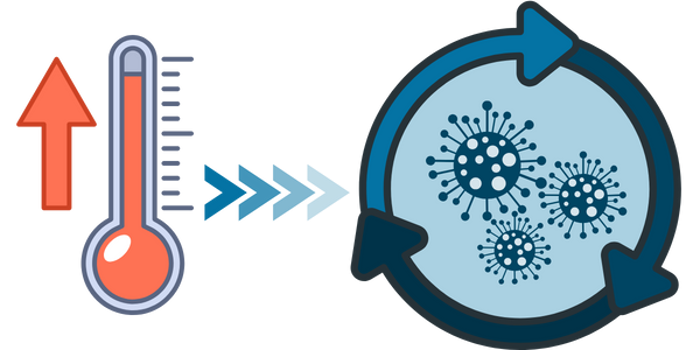
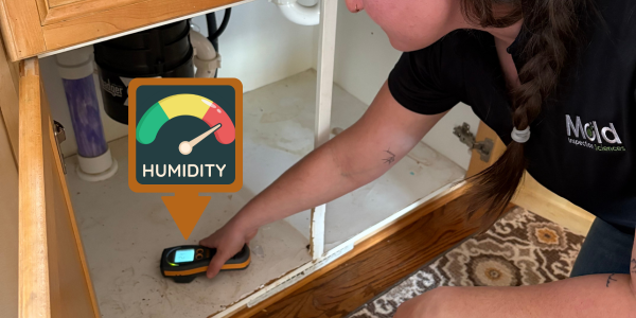
Humidity’s Amplification Effect
Warm air holds more water vapor than cool air, which is why relative humidity often exceeds 60% during hot months. At that level, porous surfaces—such as wood framing, paper-faced drywall, and carpet backing—absorb moisture like sponges. In warm, humid climates, outdoor air brings dampness indoors, pushing humidity levels past the critical 60% threshold where fungal development accelerates dramatically.
The Compressed Development Timeline
0–12 Hours – Rapid Activation: Mold spores can begin multiplying in as little as 24 hours when humidity spikes above 60%. The moment spores contact moisture, germination begins—technically considered the start of development. As temperatures rise, metabolic and reproductive activity increases, causing dormant organisms to reactivate almost immediately when environmental conditions align.
12–24 Hours – Aggressive Germination: Porous materials such as drywall, carpeting, and wood can support fungal development within the traditional 24- to 48-hour window under normal conditions. However, in hot weather, the ideal temperature range means visible colonies can appear within a single day when moisture is present, cutting the standard timeline in half.
1–3 Days – Visible Colony Formation: Fungal development follows a four-stage cycle: spore germination, hyphal expansion, sporulation, and dispersal. During peak season, elevated temperatures and abundant moisture create optimal conditions for rapid progression through these stages. Organisms develop root-like structures (hyphae) and form visible colonies, which can be identified during expert inspection.
3–7 Days – Exponential Expansion: Metabolic processes within fungal cells accelerate significantly in elevated heat, enabling colonies to form and spread quickly. Between days three and seven, these colonies may expand extensively, especially in enclosed, moisture-rich spaces with limited airflow, precisely the conditions many homeowners unknowingly create when trying to keep their homes cool.
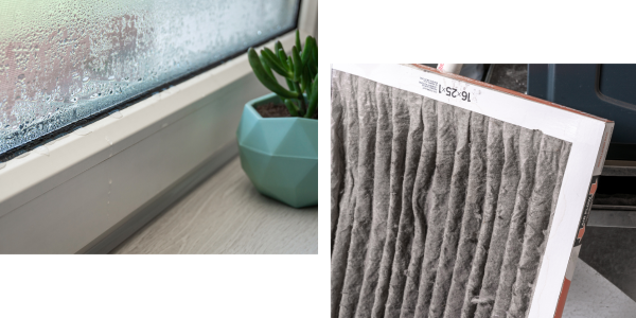
Why Hot Weather Creates Perfect Storm Circumstances
HVAC System Complications
When outdoor temperatures soar, homeowners rely heavily on air conditioning, which can create condensation on window sills and interior surfaces. Poorly maintained cooling systems often become fungal incubators—clogged filters restrict airflow and raise humidity, while blocked condensate drain pans allow water to pool, creating damp, dark environments where organisms thrive.
Condensation Multiplication
When moist air comes into contact with cooler surfaces—such as cold toilet tanks, air-conditioned metal vents, or naturally cool basement walls—water vapor transforms into liquid droplets. These micro-puddles become tiny reservoirs where fungi can anchor and grow. Even nightly
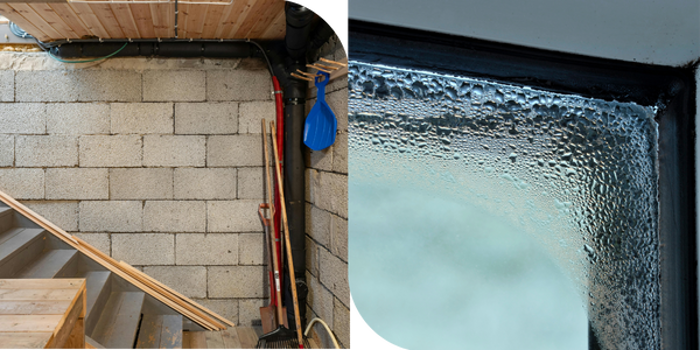
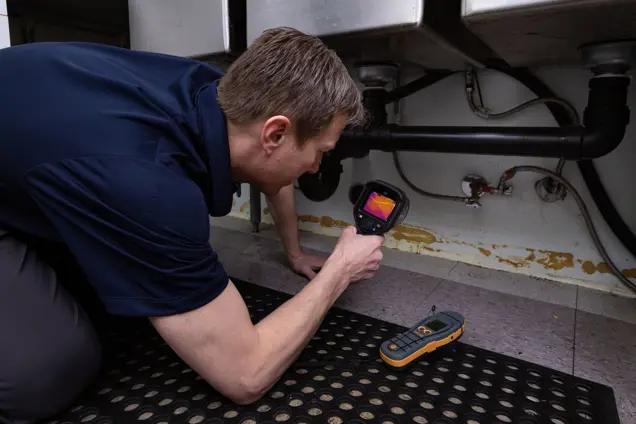
Hidden Moisture Sources
Hot weather’s temperature differentials create dampness in unexpected places. Our inspectors use infrared cameras to detect concealed moisture sources that homeowners typically cannot identify:
- Condensation behind exterior walls where air conditioning meets outdoor heat
- Dampness accumulation in ductwork running through unconditioned spaces
- Hidden leaks that worsen as humidity levels rise
- Thermal bridging, where building materials create cold spots and water formation
High-Risk Areas During Peak Season
Stagnant air allows moisture to settle and concentrate in problem areas. During our investigations, we consistently find warm-weather mold issues in the following locations:
- Bathrooms and laundry rooms, where hot showers or wash cycles release steam into confined areas, causing humidity spikes that linger in elevated heat.
- Basements and crawl spaces, which remain cooler than upper rooms, causing moist air to condense on foundation walls and create ideal growing environments.
- Closets and corners behind large furniture, where airflow is minimal and dampness accumulates unnoticed.
- Attics with inadequate ventilation, where humid air stagnates near the roof sheathing as temperatures rise.
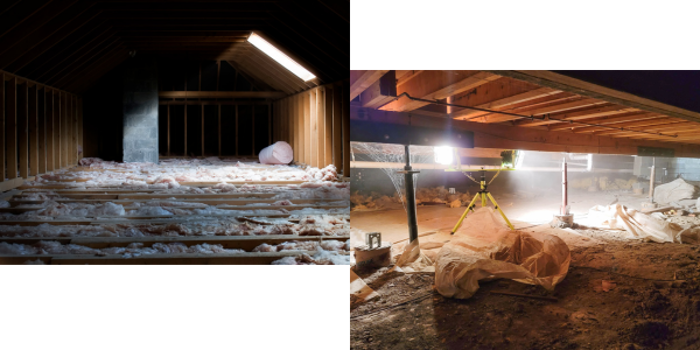
Why Expert Assessment Becomes Critical in Hot Weather
Advanced Detection Equipment
Peak season’s compressed timeline means homeowners have less margin for error when identifying and addressing contamination issues. Our inspectors use specialized equipment that can detect problems before they become visible:
- Infrared cameras to identify temperature variations indicating hidden moisture behind walls and in ductwork
- Moisture meters to measure dampness in building materials and HVAC components
- Calibrated air sampling equipment with laboratory-grade pumps for accurate readings
- Quantitative microbial air sampling to compare indoor and outdoor spore levels for proper context
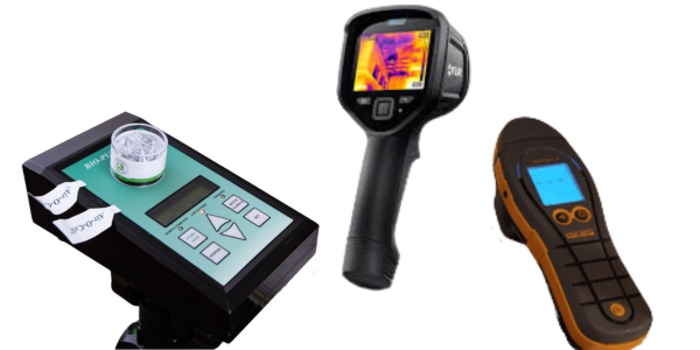
Understanding Accelerated Development Patterns
Trained investigators understand how elevated temperatures affect different species and can identify early-stage development that homeowners might miss. We’ve documented cases where contamination became established within hours of a minor water event during peak heat, situations where quick expert assessment prevented extensive problems.

Prevention Strategies for Warmer Months
Humidity monitoring becomes essential when outdoor moisture levels spike. Maintaining indoor levels between 30% and 50% requires consistent attention throughout peak season. Laboratory-grade monitoring equipment can identify problem areas before visible contamination appears.
HVAC maintenance takes on added importance when cooling systems work harder during extreme heat. Regular filter changes, condensate drain cleaning, and system inspections help prevent the moisture accumulation that supports rapid development.
Quick response protocols become even more critical. Hot weather’s compressed timeline means that water issues requiring the usual response window may demand immediate expert assessment when temperatures and humidity levels peak.
When Expert Inspection Is Essential
Accelerated warm-weather development creates conditions where assessment becomes urgent rather than simply recommended. Consider an immediate inspection when:
- Any water intrusion occurs during peak humidity periods
- Musty odors develop quickly after moisture events
- Cooling systems show signs of condensation or efficiency problems
- Indoor humidity consistently exceeds 60% despite mitigation efforts
- Areas with previous water damage show new signs of discoloration or odor
At Mold Inspection Sciences, we’ve investigated thousands of properties where hot weather turned minor moisture issues into serious contamination problems. Our conflict-free approach ensures unbiased assessment focused on accurate identification and appropriate remediation recommendations.

The Bottom Line
Warm-weather fungal development can progress at alarming rates when temperature, humidity, and organic materials combine under optimal conditions. Recognizing that the traditional response window becomes compressed during elevated heat helps homeowners understand when immediate expert assessment is necessary.
If you suspect that there may be mold present in your home — or you have questions about what to look for and what comes next. We’re here to help.

Call us on 1.888.335.6653 or send us email at [email protected]
You can also find more information about our CIRS Protocol and qPCR testing here.
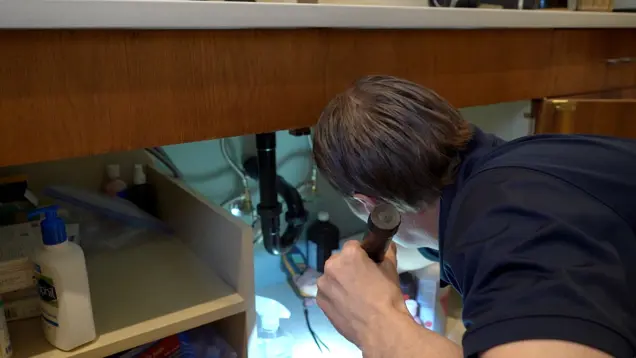
Expert inspection provides the accuracy and scientific insight needed to identify problems in their early stages—when remediation is most effective and least costly. Using state-of-the-art moisture detection and infrared technology, our mold investigators assess areas of concern and recommend appropriate sampling based on your property’s specific needs.
Don’t leave your property’s safety to chance in the face of unpredictable moisture conditions. When it comes to protecting your investment and indoor air quality, expert assessment delivers the reliable information you need to make informed decisions.

